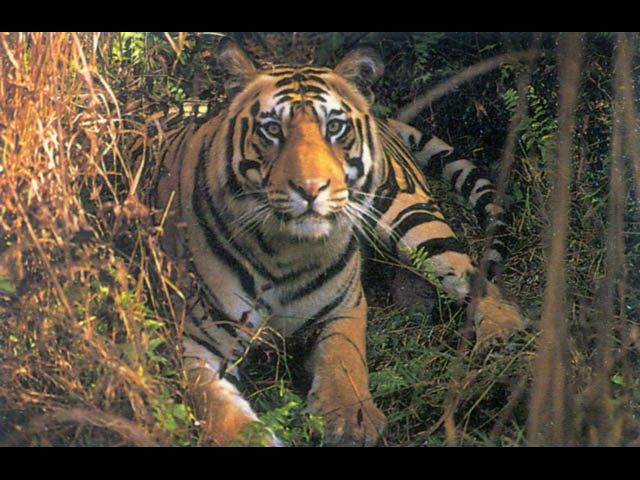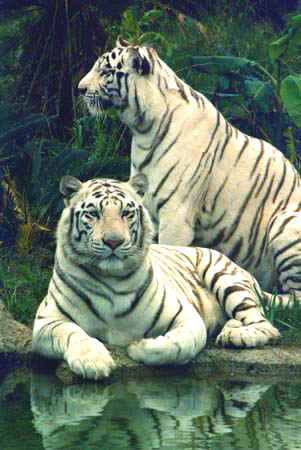SARISKA & RANTHAMBORE SAFARIES
Ranthambore National Park is in Sawai Madhopur District of Rajasthan state. Located at the junction of the Aravalli and Vindhya hill range, this is one of the finest places to view animals, especially as they are used to being stared at here. The park covers an area of Approximately 400 sq Km and if combined it with the area of sawai man singh sanctuary area, it is around 500 Sq km. Ranthambore national park was declared a wildlife sanctuary in 1957 and in 1974 it gained the protection of "Project Tiger". It got it's status of a National Park in
WILD LIFE SARAFIES IN BANDHAVGARH-KANHA NATIONAL PARKS
Bandhavgarh National Park, the most popular national parks in India is located in the Vindhya Hills of the Umaria district in Madhya Pradesh. Declared as a national park in 1968 the Bandhavgarh National Park is spread across the area of 105 km². The name Bandhavgarh has been derived from the most prominent hillock of the area of Umaria. The area of Bandhavgarh is being flourished with a large biodiversity, the place which is also being famed to grip highest density of tiger population in India. Similarly, the park also beholds the largest breeding population of leopards and various species of
RANTHAMBORE NATIONAL PARK SAFARI
Ranthambore National Park is in Sawai Madhopur District of Rajasthan state. Located at the junction of the Aravalli and Vindhya hill range, this is one of the finest places to view animals, especially as they are used to being stared at here. The park covers an area of Approximately 400 sq Km and if combined it with the area of sawai man singh sanctuary area, it is around 500 Sq km. Ranthambore national park was declared a wildlife sanctuary in 1957 and in 1974 it gained the protection of "Project Tiger". It got it's status of a National Park in
CORBETT NATIONAL PARK
Corbett National Park:-Being the oldest national park in India the Corbett National Park holds a vast and gripping history that dilates the princely state of Tehri Garhwal. The British, after evicting the Boksas tribe in the early 1860s, embarked on preserving the forest against cultivation and cattle farming. Later in 1879 the forests were constituted into a Reserve Forest and in the early 1900s the idea of setting up a national park on the territory was fed back. The process of setting the boundary was led by Sir Jim Corbett in the year 1936 and a part was named as




